Hiroshige: Artist of the Open Road – a 'rapturous' exhibition
The British Museum showcases enchanting work by the prolific Japanese artist
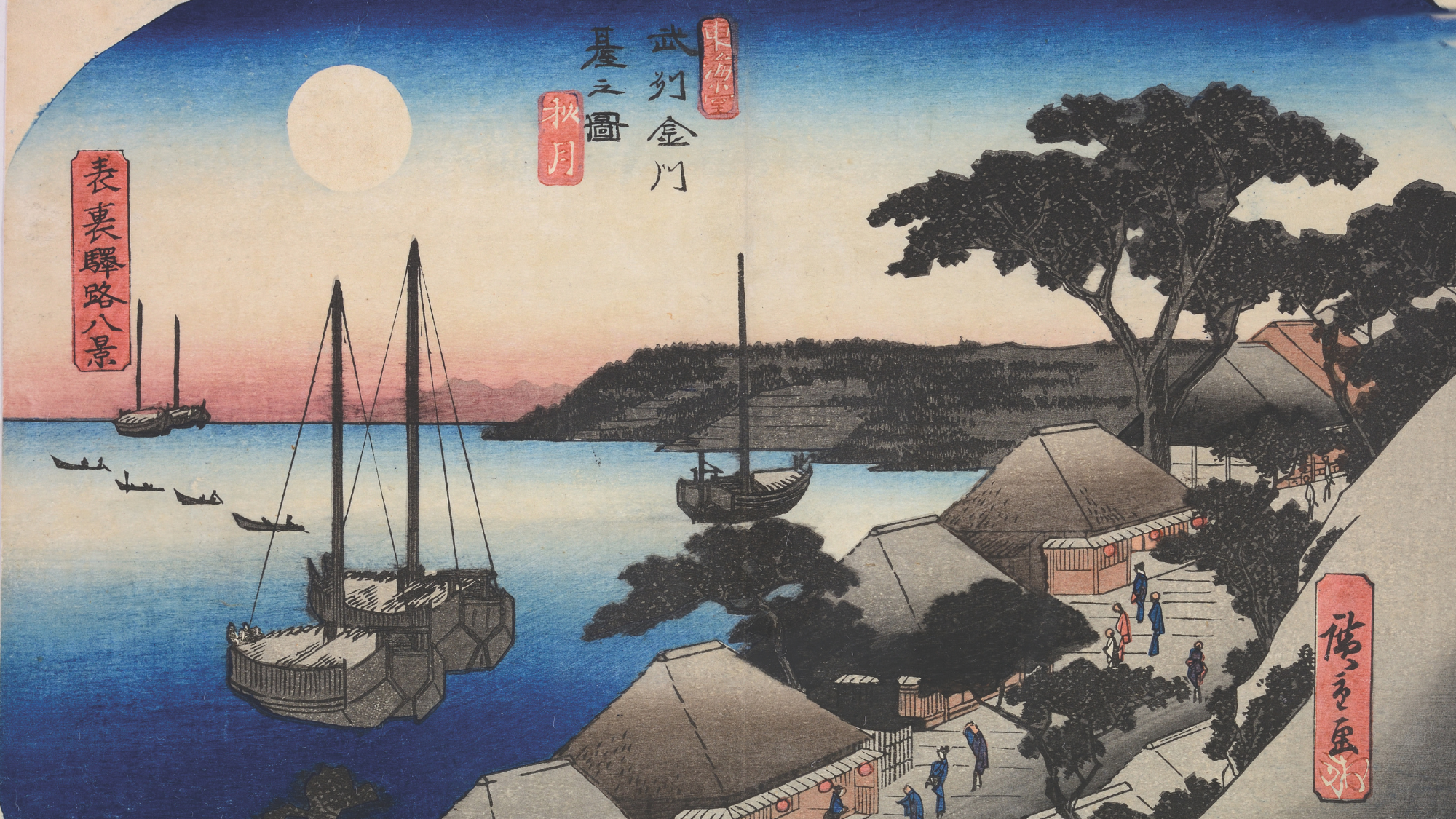
This exhibition is something of a landmark, said Alastair Sooke in The Daily Telegraph. It is the first in this country in 25 years "to celebrate so extensively" the prolific Japanese artist Utagawa Hiroshige (1797- 1858), a graphic genius whose work had a huge impact far beyond Japan. Born into "a low-ranking samurai family" in Edo (now Tokyo), Hiroshige became renowned for his "lyrical and atmospheric colour-woodblock prints".
Like other artists of the "floating world" (a pleasure-seeking urban lifestyle), he created pictures of bijin (beautiful women), actors and street scenes, before turning to landscape, a genre he helped invigorate: he made his name with a series depicting the Tokaido, the coastal highway between Edo and Kyoto. His prints were disseminated widely and eventually made their way to Europe. His "bold" artistic vision is "everywhere apparent" in this show, which presents almost 120 prints and paintings, "awash with enchanting images of Japan's awe-inspiring scenery".
Hiroshige "lived in turbulent times, just before Japan's opening up to the West", said Mark Hudson in The Independent. Yet there was also a boom in domestic tourism, and a demand for guide books and images recording pilgrimages or sight-seeing tours. He was a commercial artist; many of his pictures – "of crowds milling over bridges towards famous shrines" or "twirling their parasols" in celebrated beauty spots – are essentially tourist posters. This doesn't make them any less stunning, though. That he conjured such effects using woodblock, a notoriously difficult technique, makes them all the more remarkable. He "designed his images to maximise the limited possibilities of his medium", using "startling and essentially abstract" imagery to represent natural phenomena: "the trails of light-filled smoke drifting across dark mountains" in Karuizawa (1830s), for instance, "were created essentially by leaving the paper blank". Such works would have a major impact on European art.
The Week
Escape your echo chamber. Get the facts behind the news, plus analysis from multiple perspectives.

Sign up for The Week's Free Newsletters
From our morning news briefing to a weekly Good News Newsletter, get the best of The Week delivered directly to your inbox.
From our morning news briefing to a weekly Good News Newsletter, get the best of The Week delivered directly to your inbox.
Western artists took more than stylistic cues from Hiroshige, said Jonathan Jones in The Guardian. The impressionists, it's clear, borrowed a whole "philosophy" from him: that of celebrating "pleasure in the passing moment" and savouring "little freedoms". Hiroshige's pictures see people delighting in transient moments, from "a shower of rain or fresh crisp snow to a restaurant meal or trip to the theatre". One sees a group of people wrapped up warm to watch the spectacle of falling snow; another depicts a crowd enjoying an al fresco dinner on a dried-up riverbed, laughing and chattering away, and unwittingly anticipating Manet's Le Déjeuner sur l'herbe. Such is European art's obvious debt to Hiroshige that a final section exploring his "global influence" feels rushed and incomplete. That aside, this is a "rapturous" exhibition packed with images that still feel "fresh" and timeless.
British Museum, London WC1. Until 7 September
A free daily email with the biggest news stories of the day – and the best features from TheWeek.com
-
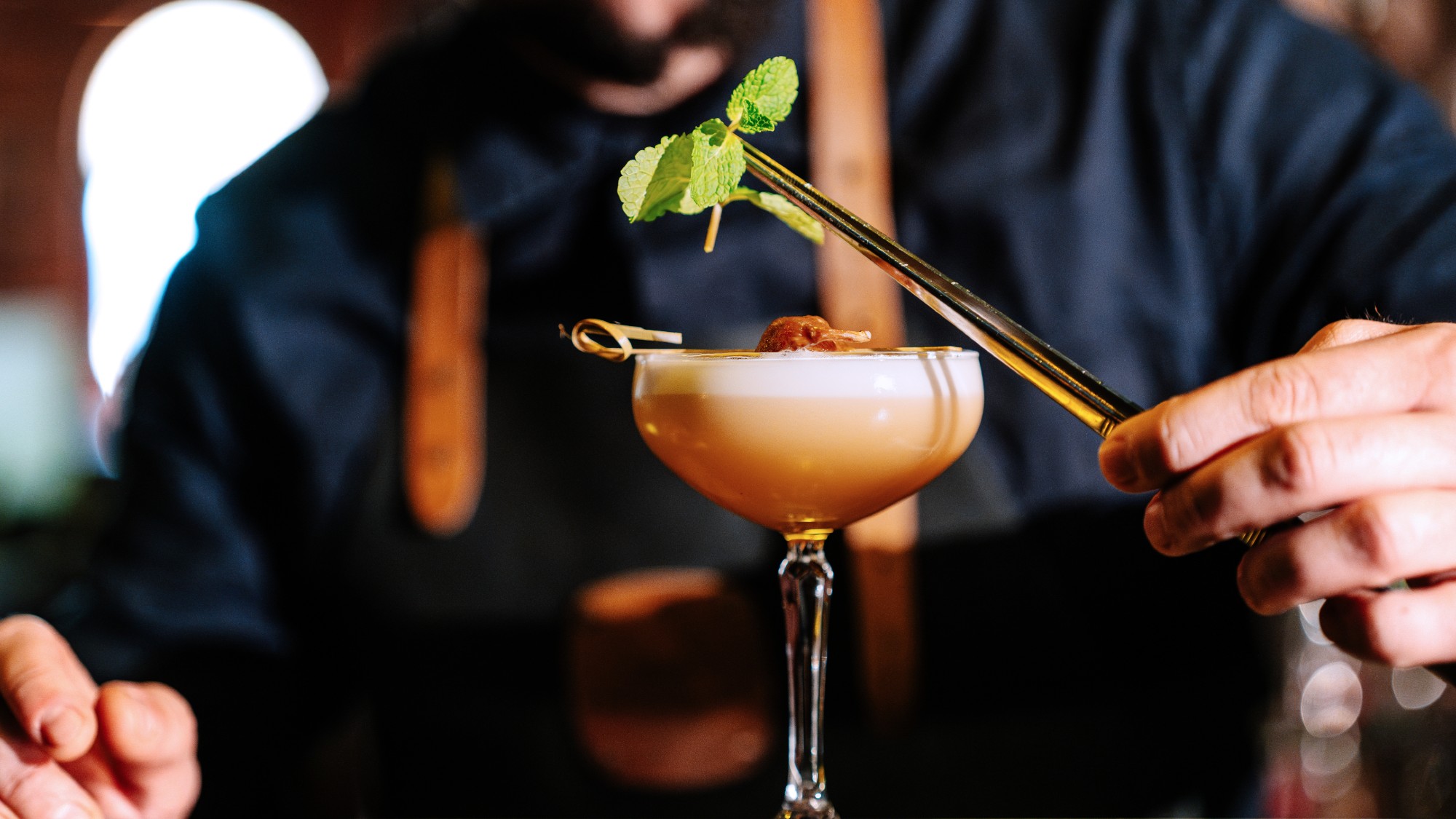 7 bars with comforting cocktails and great hospitality
7 bars with comforting cocktails and great hospitalitythe week recommends Winter is a fine time for going out and drinking up
-
 7 recipes that meet you wherever you are during winter
7 recipes that meet you wherever you are during winterthe week recommends Low-key January and decadent holiday eating are all accounted for
-
 Nine best TV shows of the year
Nine best TV shows of the yearThe Week Recommends From Adolescence to Amandaland
-
 Nine best TV shows of the year
Nine best TV shows of the yearThe Week Recommends From Adolescence to Amandaland
-
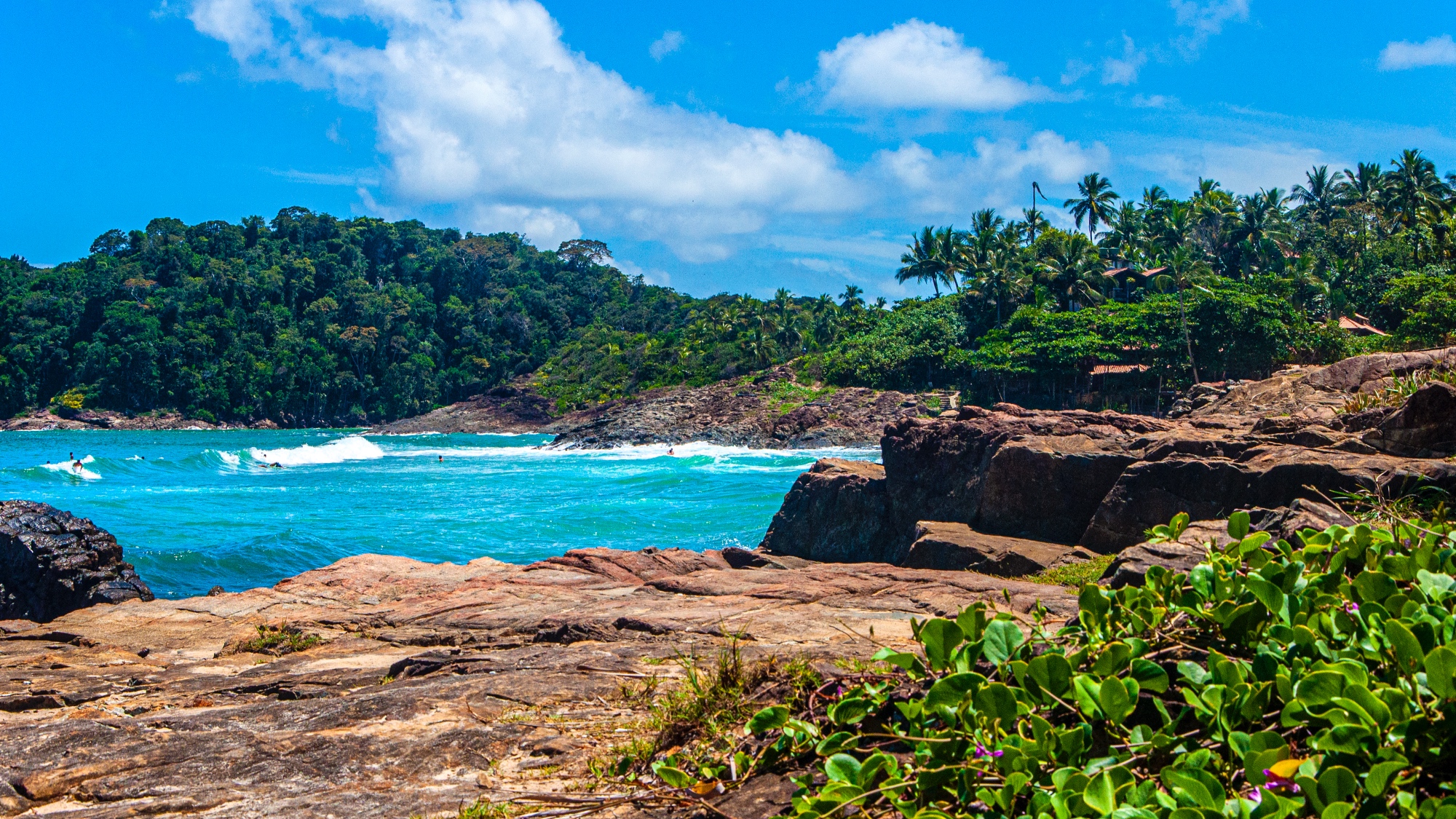 Winter holidays in the snow and sun
Winter holidays in the snow and sunThe Week Recommends Escape the dark, cold days with the perfect getaway
-
 The best homes of the year
The best homes of the yearFeature Featuring a former helicopter engine repair workshop in Washington, D.C. and high-rise living in San Francisco
-
 Critics’ choice: The year’s top 10 movies
Critics’ choice: The year’s top 10 moviesFeature ‘One Battle After Another’ and ‘It Was Just an Accident’ stand out
-
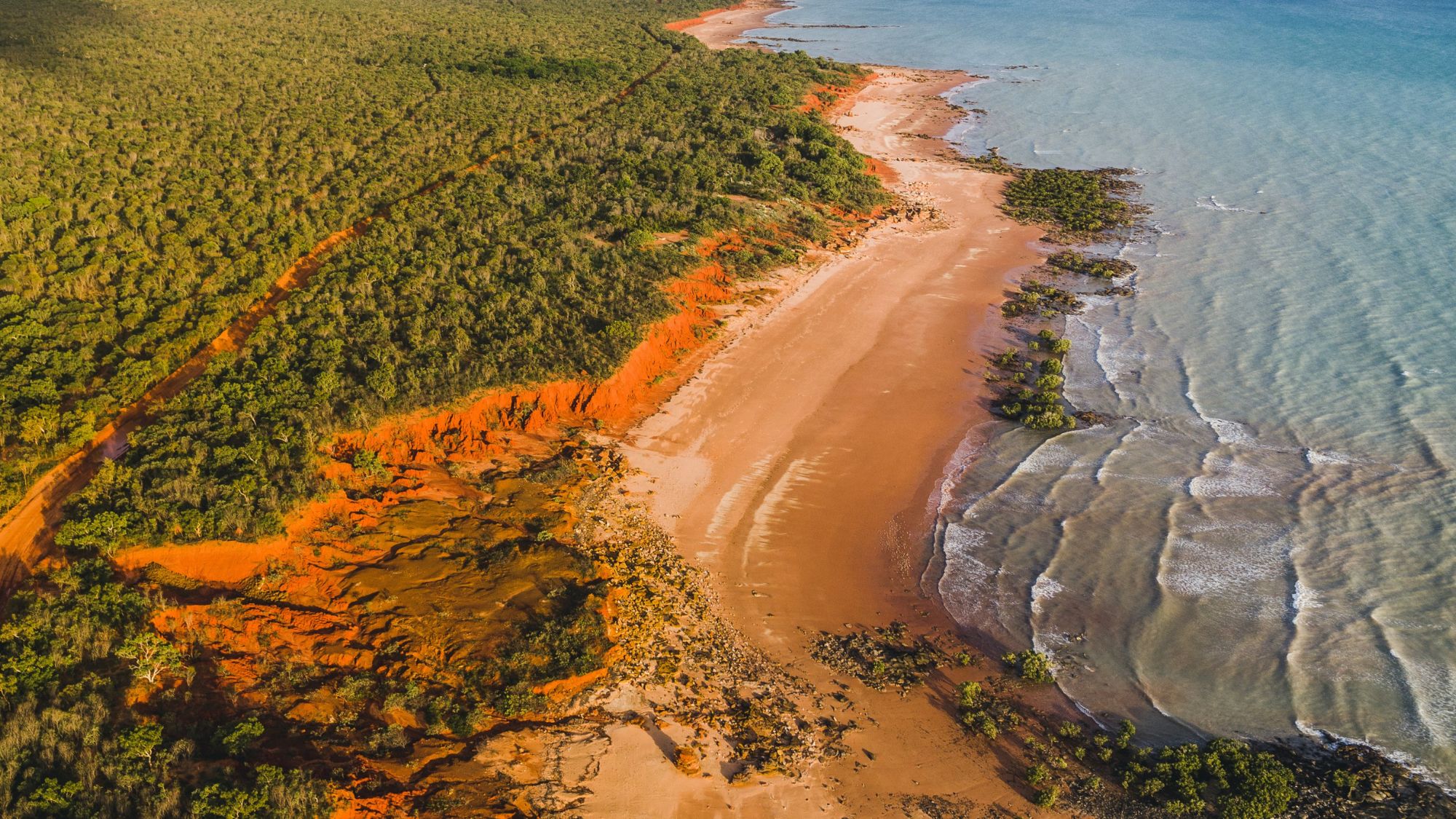 A luxury walking tour in Western Australia
A luxury walking tour in Western AustraliaThe Week Recommends Walk through an ‘ancient forest’ and listen to the ‘gentle hushing’ of the upper canopy
-
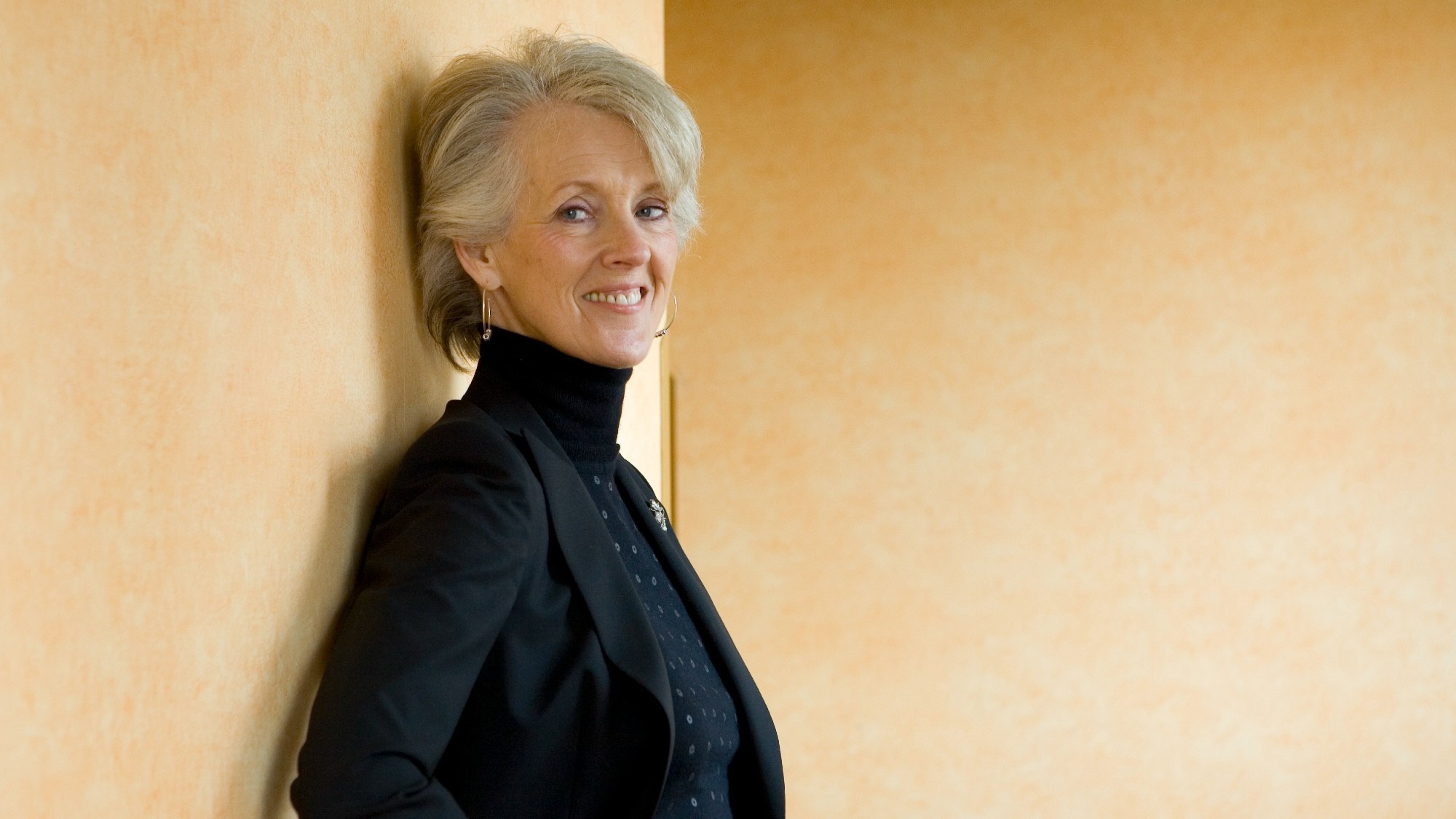 Joanna Trollope: novelist who had a No. 1 bestseller with The Rector’s Wife
Joanna Trollope: novelist who had a No. 1 bestseller with The Rector’s WifeIn the Spotlight Trollope found fame with intelligent novels about the dramas and dilemmas of modern women
-
 Appetites now: 2025 in food trends
Appetites now: 2025 in food trendsFeature From dining alone to matcha mania to milk’s comeback
-
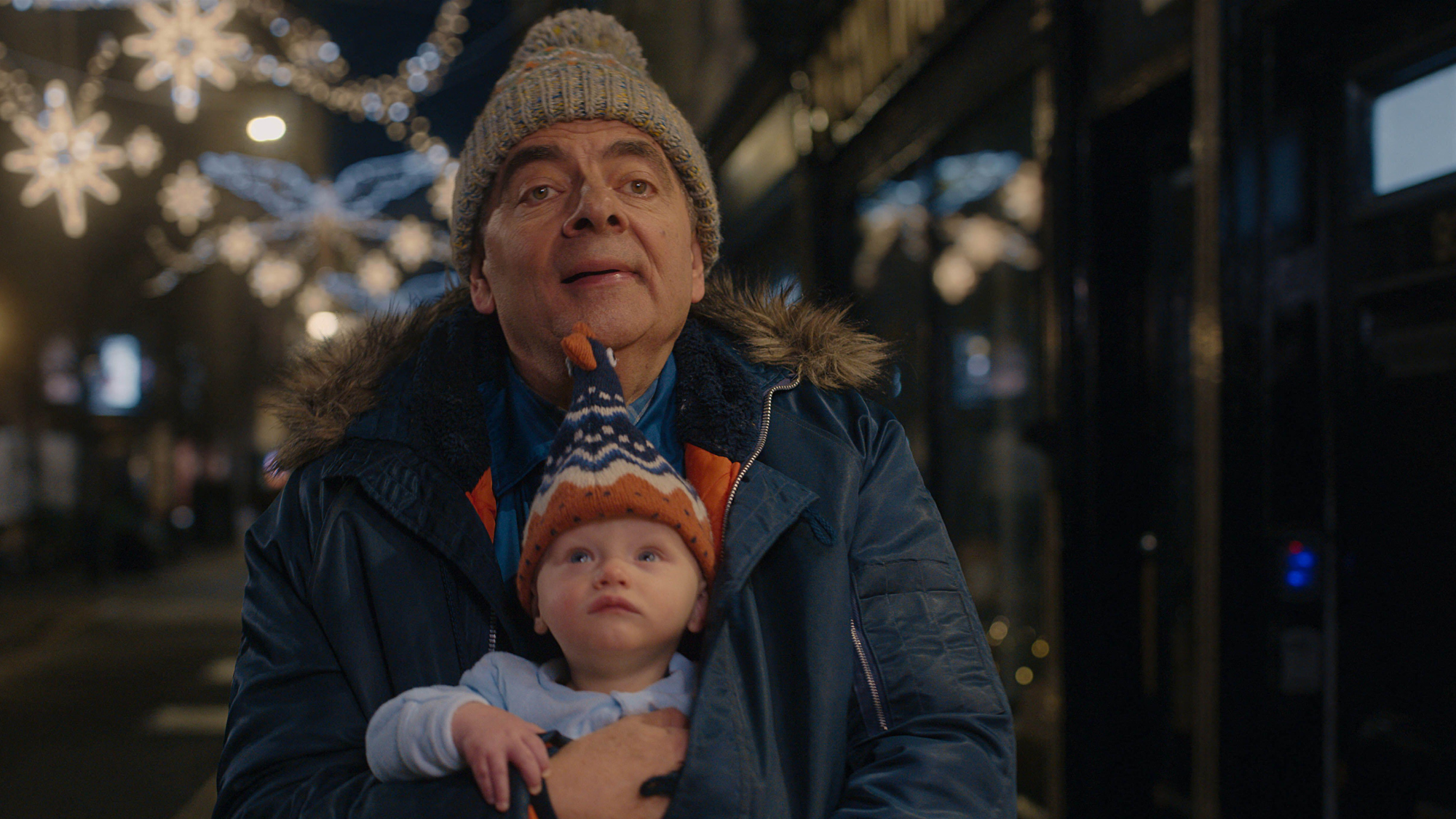 Man vs Baby: Rowan Atkinson stars in an accidental adoption comedy
Man vs Baby: Rowan Atkinson stars in an accidental adoption comedyTalking Point Sequel to Man vs Bee is ‘nauseatingly schmaltzy’